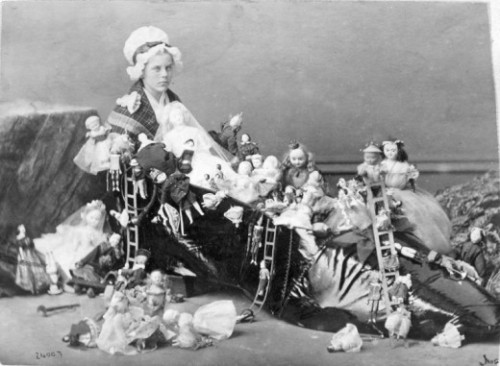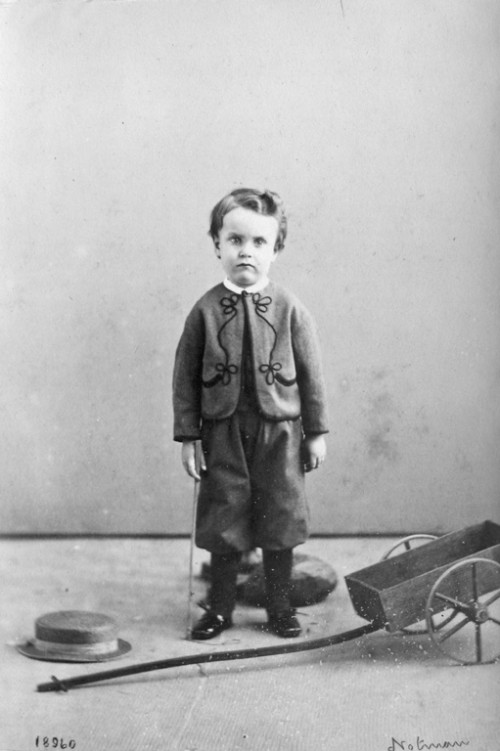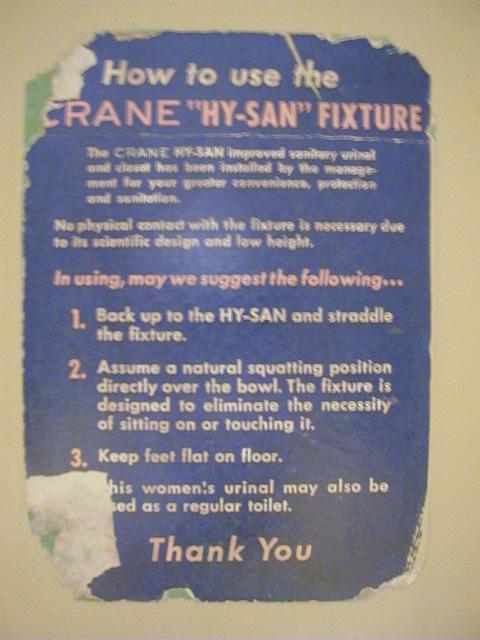Cross-posted at The Russell Sage Foundation.
Claude Steele and his colleagues have found ample evidence of “stereotype threat” in test-taking situations. Stereotype threat occurs when people worry that poor performance on a task will inadvertently confirm a negative stereotype applied to the group to which they belong. Their worry depresses performance, thus creating outcomes consistent with the stereotype. Stereotype threat depresses the performance of high-achieving African American students on difficult verbal tests as well as accomplished female math students on difficult math tests.
Not all stereotypes are negative, however, suggesting that certain stereotypes might also enhance performance. With Min Zhou, I looked into how the stereotype that Asian Americans students are particularly smart and high achieving — as illustrated in this TIME magazine cover from 1987 — might shape their performances.

We argue that Asian American students benefit from a “stereotype promise”—the promise of being viewed through the lens of a positive stereotype that leads one to perform in such a way that confirms the positive stereotype, thereby enhancing performance. The Chinese- and Vietnamese-Americans students we studied described how their teachers assumed that they were smart, hard-working, and high-achieving, which affected the way that their teachers treated them, the grades they received, and their likelihood of being placed into the most competitive academic tracks, like Advanced Placement (AP) and Honors. For many students, stereotype promise exerted an independent effect, and boosted performance.
For example, Ophelia is a 23 year-old second-generation Vietnamese woman who described herself as “not very intelligent” and recalls nearly being held back in the second grade. By her account, “I wasn’t an exceptional student; I was a straight C student, whereas my other siblings, they were quicker than I was, and they were straight A students.”
Despite Ophelia’s C average, she took the AP exam at the end of junior high school, and not surprisingly, failed. Nevertheless, she was placed into the AP track in high school, but once there, something “just clicked,” and Ophelia began to excel in her classes. When we asked her to explain what she meant by this, she elaborated, “I wanted to work hard and prove I was a good student,” and also added, “I think the competition kind of increases your want to do better.” She graduated from high school with a GPA of 4.2, and was admitted into a highly competitive pharmacy program.
Once she was placed in a more challenging setting, then, where teachers’ expectations and peer performance were elevated, she benefited from stereotype promise. Ophelia did not believe at the outset that she was academically exceptional or deserving of being in the AP track (especially because she earned straight C’s in junior high school and failed the AP exam), but once anointed as academically exceptional and deserving, the stereotype promise exerted an independent effect that encouraged her to try harder and prove that she was a good student, and ultimately enhanced her performance. While it is impossible to know how Ophelia’s academic performance would have differed had she stayed on the school’s “regular track,” that she was given the opportunity to meet her potential attests to the advantage that Asian American students are accorded in the context of U.S. schools.
In future research, I plan to study in what institutional contexts “stereotype promise” may emerge, for which groups, and in what domains. For example, males may benefit from stereotype promise in certain occupational niches where stereotypes about gender and performance prevail.
—————————–
Jennifer Lee is a sociologist at the University of California, Irvine, specializing in intersection of immigration and race and ethnicity. She wrote, with Frank Bean, a book called The Diversity Paradox, that examines patterns of intermarriage and multiracial identification among Asians, Latinos, and African Americans.
Read a Q&A on with Jennifer Lee about “stereotype promise” at the Russell Sage Foundation.
 One thing I love about sociology is the way it recognizes human creativity. It acknowledges our ability to create meaning and invent practices. Seeing the footage below, I couldn’t help but be amazed at the human ability to constantly innovate.
One thing I love about sociology is the way it recognizes human creativity. It acknowledges our ability to create meaning and invent practices. Seeing the footage below, I couldn’t help but be amazed at the human ability to constantly innovate.












